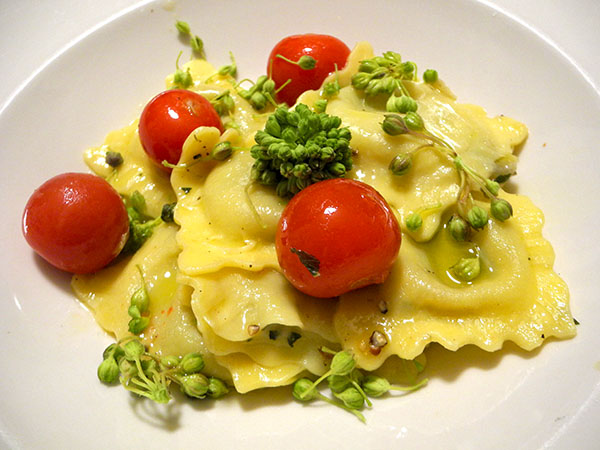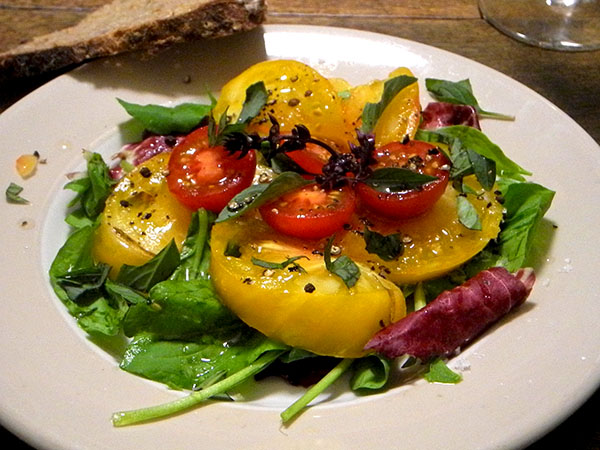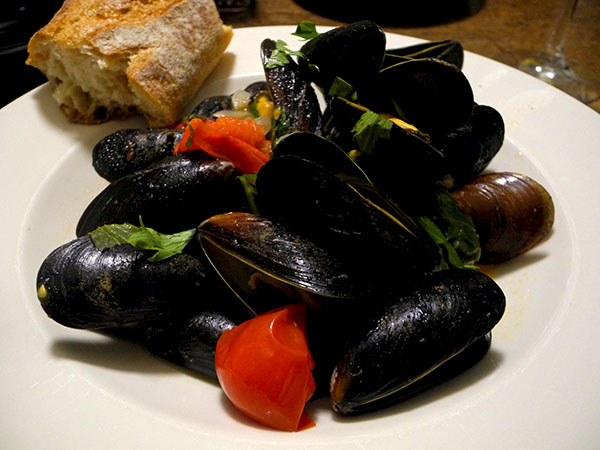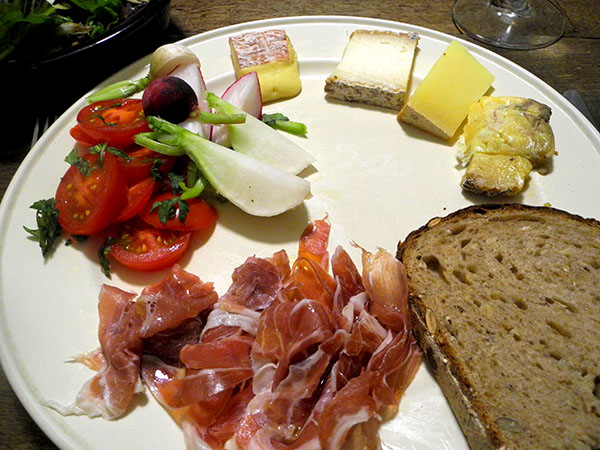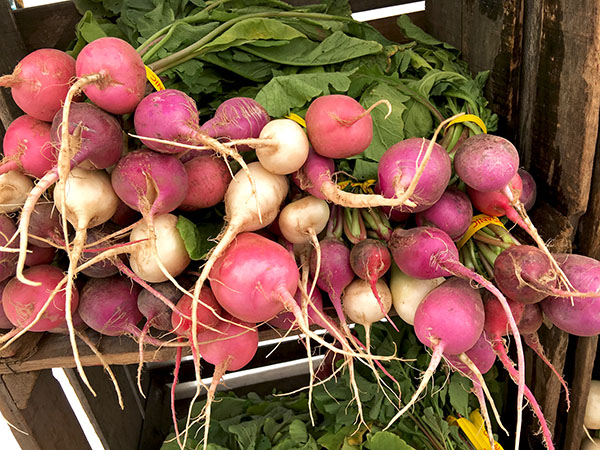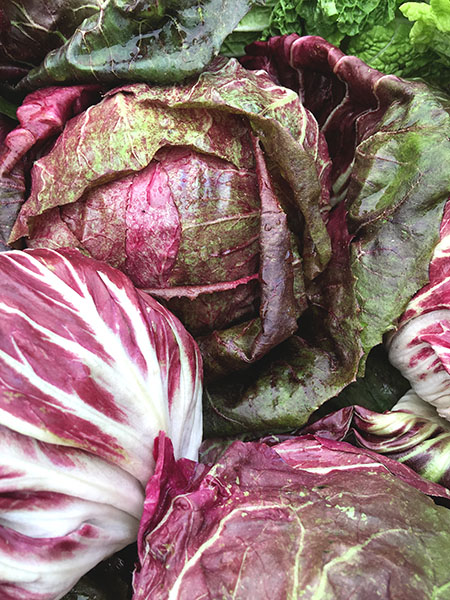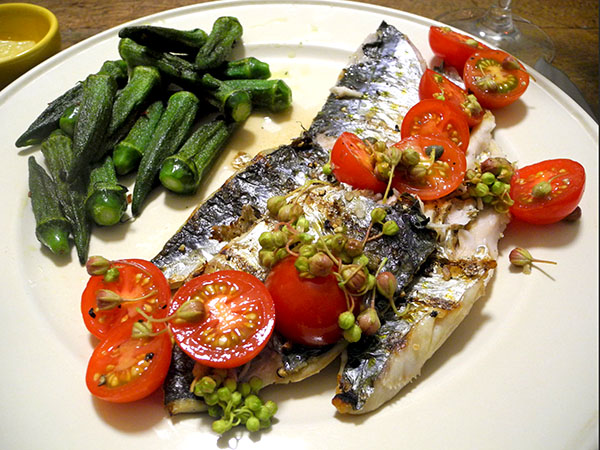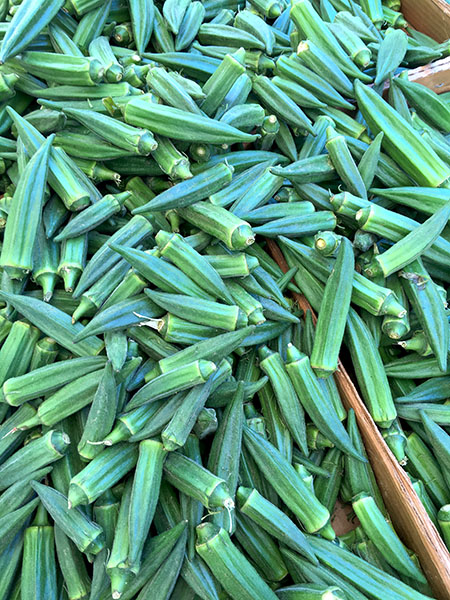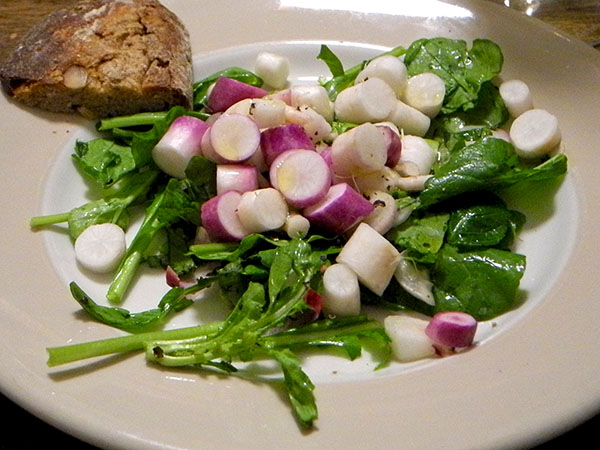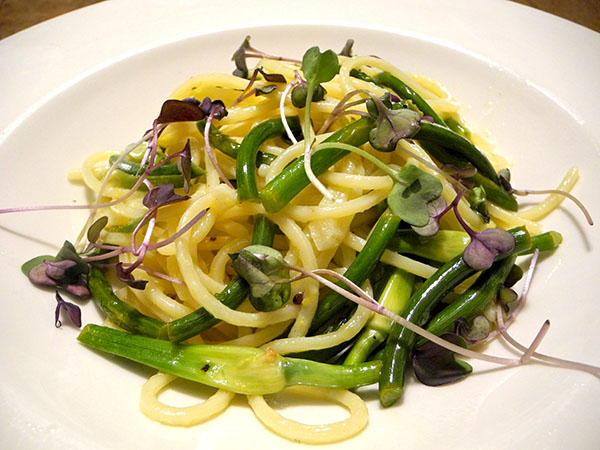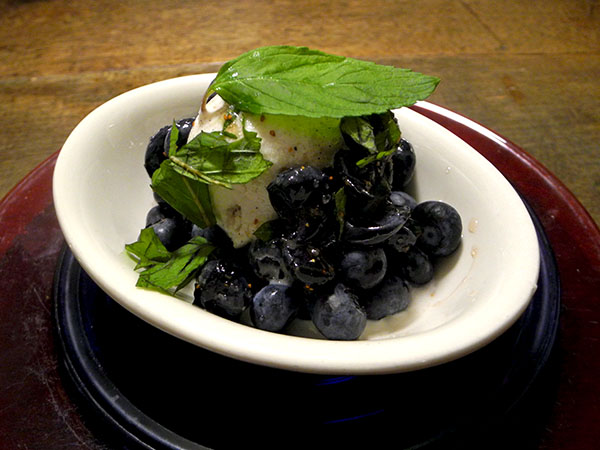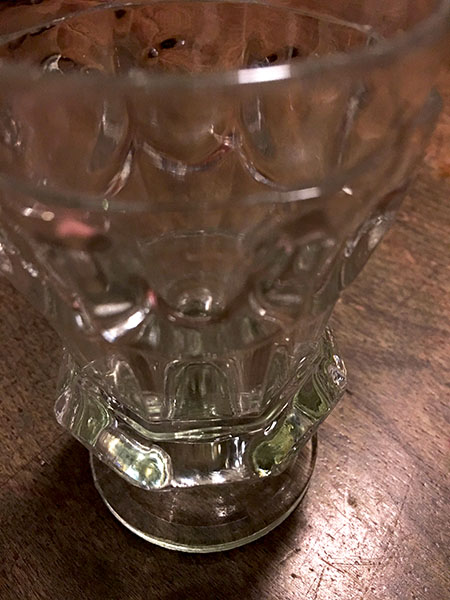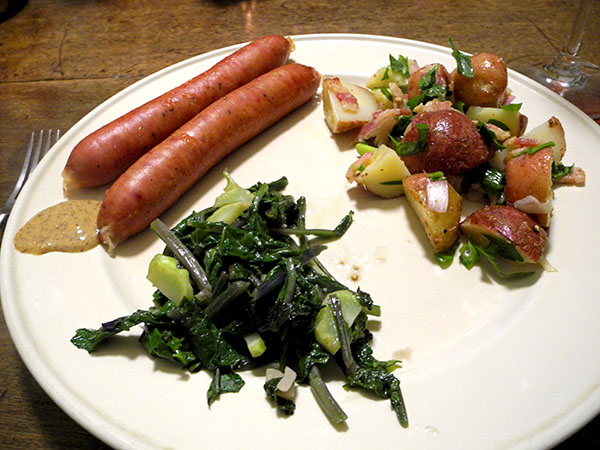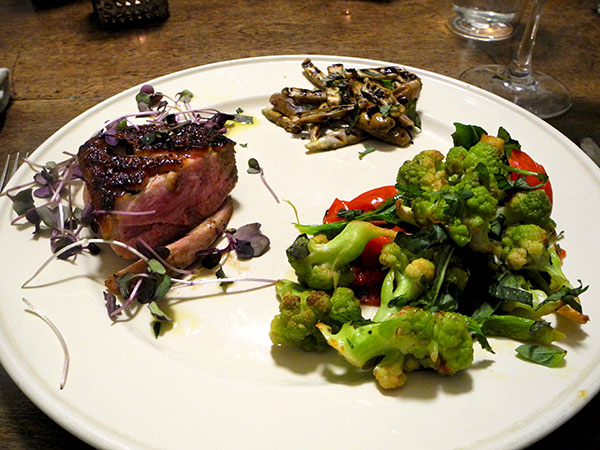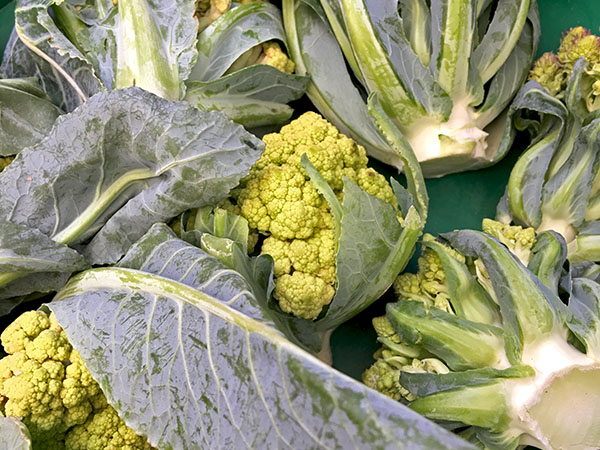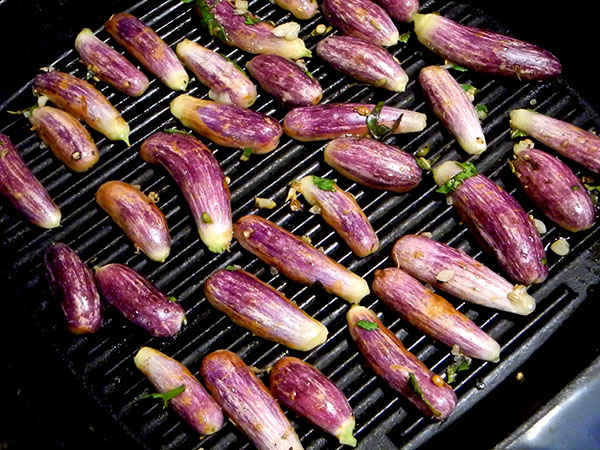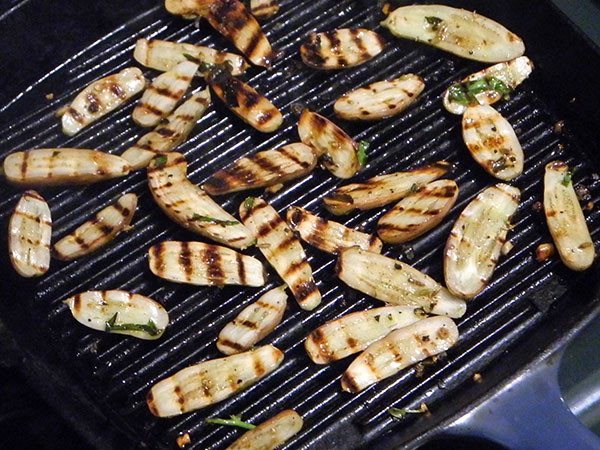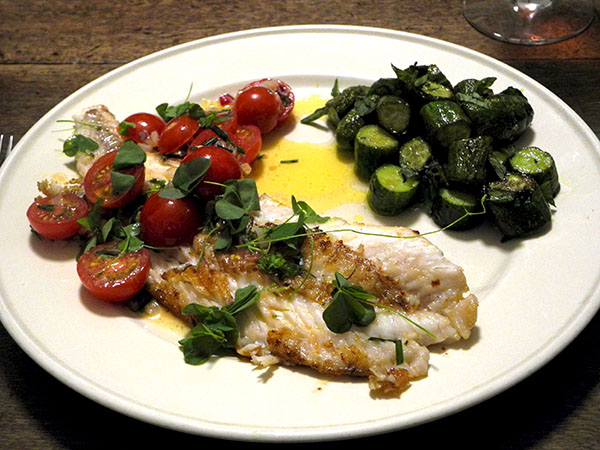
I’ve only gradually come to realize that the flatfish with which I am most familiar personally, having actually caught a few by rod and reel while drifting in a boat off Long Island (yup, I actually did that), is not merely a fluke; it’s also a summer flounder.
I cooked the fluke I had caught way back then, in the late 1980s, but I don’t remember the details. I do know it was the first time, but it wasn’t to be the last. It’s a very fine fish, and we’re very fortunate to be living so close to the home waters of one whose numbers, I believe, are not threatened, at least so far.
Persian, or Middle Eastern cucumbers are definitely not threatened, and in fact I think they’re just beginning to be noticed by most home cooks. I expect they’ll soon be very popular.

- one 14-ounce flounder fillet from P.E. & D.D. Seafood, seasoned with salt and pepper, sautéed in olive oil and butter over high heat until golden brown (2-3 minutes on the first side, 1-2 minutes on the other), divided into 2 portions and served with a tomato butter composed a few minutes earlier by melting some ‘Kerrygold Pure Irish Butter‘, then adding one fresh shallot from Lani’s farm, cooking it until softened and fragrant, removing it from the heat, allowing it to cool for 2 or 3 minutes, then tossing it with half a dozen sliced Backyard Farms Maine ‘cocktail tomatoes’ from Whole Foods, earlier seasoned with salt and tossed with a mixture of chopped pipicha [Porophyllum Linaria], a native Mexican herb, with a taste similar to cilantro, but with a hint of lemon and anise) from Lani’s Farm and chopped summer savory from Stokes Farm, a few drops of red wine (Chianti) vinegar stirred into the mix at the end
- a handful of small Persian cucumbers from Stokes Farm, cut into 2 to 3 cm segments, sautéed in olive oil until lightly browned, seasoned with sea salt, and tossed with chopped calamint (aka mentuccia, nipitella or nepitella, which tastes like a cross between mint and oregano) from Berried Treasures Farm
- the wine was a California (Lodi) rosé, Karen Birmingham Rosé Lodi 2015
- the music was from various streaming online stations
